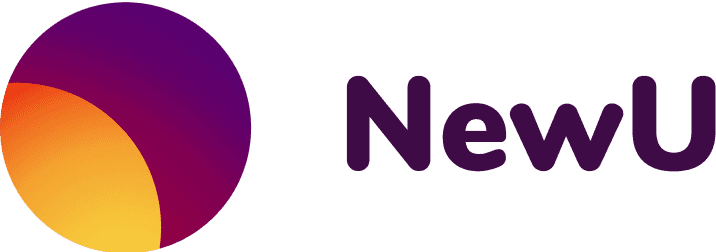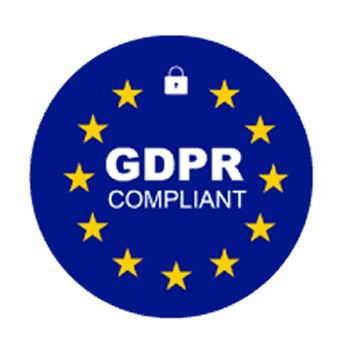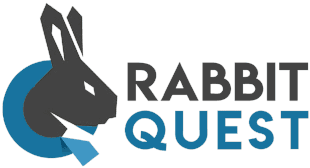The No. 1 time waster on vitality ⏰
Every HR manager knows it: you want to start a vitality initiative and dive into the project full of enthusiasm. The motivation is palpable, but it soon becomes clear that hours, nay, days go into creating content, creating Excel sheets, and setting up an intranet. You want the best for your employees, but find that you will have to spend a lot of time on your vitality initiative to make it a success.
Time to read: 5 minutes
What's on your mind?
You are tracking distances your team has walked or cycled. You open Excel and start entering all the data manually. Not only does this cost you a lot of time, it can also cause you to shift your attention that you actually want to give to the participants to tracking data. A vitality initiative is meant to give energy, not take energy away. Also, developing content on healthy lifestyles yourself or building an intranet from scratch is a time-consuming task.
Why is this a time waster?
You are sitting at your computer trying to come up with a system to track the distances your team has covered during your monthly walking challenge. You know there are tools that can do this automatically, but you still choose to create an Excel sheet. This costs you hours of work and leaves you less time for other important tasks. This time is better spent developing new vitality initiatives. Invest in an app that automatically tracks and reports all your team's walking and cycling data, saving you these hours. While you are busy researching and implementing, there are already countless templates and digital solutions available for you to use. Instead of reinventing the wheel, make use of what is already out there.
You have to curate all the content for a healthy lifestyle yourself. You search for reliable information, write articles and try to present everything in an attractive way. This while there are already ready-made solutions and templates you can use right away. By trying to create everything yourself, you waste time that would be better spent implementing and promoting your initiatives. Make use of existing programmes that are already science-based and ready to use, such as nutrition schedules that you can easily implement.
Dwell on what you want to achieve ⏸️
When you decide to do things differently, start by looking at what exactly you want to achieve with your vitality initiatives. Do you want employees to exercise more? Improve their diet? Or perhaps strengthen their mental health? By having a clear idea of what your goal is, you can start looking for the best tools to help you achieve it. If your goal is to get employees to move more, look for fitness apps that have already proven successful in corporate environments.
Take some time to brainstorm with your team about the specific goals you want to achieve. Then put these goals on paper and create a plan in which you describe step by step how you want to achieve them. Use the SMART method to make your goals specific, measurable, acceptable, realistic and time-bound. This will give you a clear picture of what you want to achieve and help you look for appropriate tools and solutions in a more focused way.
Which tools can already do this for you? 🛠️
Next, research which tools and solutions are already available. This not only saves time, but also ensures that you can focus on the core of your work: improving the vitality of your team. There are plenty of apps and platforms specifically designed to support vitality initiatives. Look carefully at what these tools have to offer and how they align with your goals. An app where employees can enter their distances themselves and which automatically generates reports can help. This avoids reinventing the wheel and helps you get started quickly and efficiently. Request a demo of different platforms and compare them on functionality and ease of use.
Talk to colleagues and other HR professionals to find out which tools they use and what their experiences are. Read reviews and case studies to get a better idea of the effectiveness of different tools. Then schedule some demos to experience the functionalities and ease of use of the tools for yourself. This will help you make an informed choice and find the best tool for your organisation.
Calculate the time you gain ⌚
Finally, calculate the ROI for the time you save by using existing solutions. Ask yourself: how much time would I lose if I do this myself? And how much time will I save if I use an existing tool? You can then invest these savings in new initiatives, motivating your team, and further improving vitality within your organisation. Calculating the time savings of using a complete vitality platform instead of developing individual components yourself will give you a clear picture of the efficiency benefits. Make an overview of all the tasks you currently perform manually and estimate how much time they take. Compare this with the time you need to perform the same tasks using an existing tool. Then calculate the cost savings by multiplying the time savings by the cost per hour of your time and that of your team. This will give you a clear picture of the financial benefits of using a tool and help you justify your decision.
Key insights
Creating templates, formats and digital solutions yourself when much is already available is a huge waste of time for HR managers working on vitality initiatives. By using existing tools and solutions, you can save valuable time and focus on what really matters: improving the vitality of your employees. So, look at what you want to achieve, find the right tools, and calculate the ROI to see how much time you save. That way, you will ensure that your vitality initiatives are not only effective, but also implemented efficiently.




